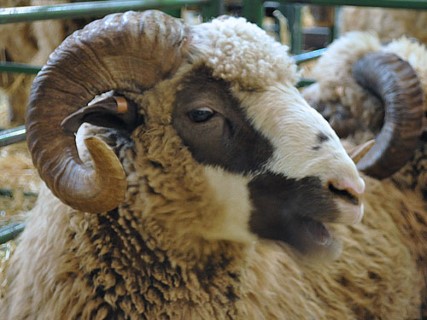Navajo-Churro sheep, recognized as the first domesticated sheep introduced to North America, have a rich history intertwined with the cultures of Southern Spain and the indigenous peoples of the American Southwest. Brought from Southern Spain in 1514, Churro sheep quickly became integral to Spanish ranches and settlements along the Rio Grande.
Indigenous peoples acquired flocks of Churro sheep through various means, including raids and trading, incorporating them into their way of life for sustenance and clothing. Despite facing near-extinction due to a government sheep improvement program in the mid-1900s, the breed has made a remarkable recovery in recent years, although it remains classified as a rare breed.
Navajo-Churro sheep are characterized by their small stature, hardiness, and exceptional disease resistance, traits that have allowed them to thrive in the rugged landscapes of the American Southwest. Notably, rams of this breed may sport four horns, adding to their unique appearance.
The fleece of the Churro sheep is highly prized for its distinct qualities. It is long, fine, and coarse, consisting of two layers and notably low in oil content. This fleece has long been cherished by Native Navajo tribes, who continue to utilize it in the creation of their renowned rugs and blankets, preserving centuries-old weaving traditions and cultural heritage.

